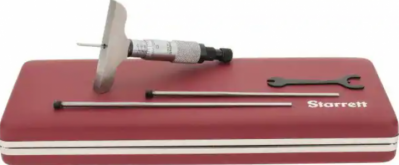Well, I managed to complete 4 terminals (2 cells) in a single session today, but it is slow going and I’m not sure trying to do too many terminals with one batch of JB Weld is a good idea.
You want the JB Weld to be as liquid as possible so the the torque required to get to ooze out of the threads is as low as possible.
Even though the set time is 4 hours and the JB Weld was still soft when I threaded the final (fourth) terminal, I have the suspicion it was not completely as liquid as it was for the first terminal and I believe I had to apply more pressure to thread that last grubscrew.
And because of that + that last terminal was one of the deepest I’ve seen so far (5-1/2 turns to bottom), I believe I may have pierced the bottom of that terminal.
If anyone has any insight into what happens when you pierce the bottom of a terminal and/or what test allows you to determine if a terminal has been pierced, I’m all ears and have started a new thread on that question here: https://diysolarforum.com/threads/how-do-you-know-when-you’ve-pierced-a-terminal-bottom-on-an-eve-280ah-cell.18161/
You want the JB Weld to be as liquid as possible so the the torque required to get to ooze out of the threads is as low as possible.
Even though the set time is 4 hours and the JB Weld was still soft when I threaded the final (fourth) terminal, I have the suspicion it was not completely as liquid as it was for the first terminal and I believe I had to apply more pressure to thread that last grubscrew.
And because of that + that last terminal was one of the deepest I’ve seen so far (5-1/2 turns to bottom), I believe I may have pierced the bottom of that terminal.
If anyone has any insight into what happens when you pierce the bottom of a terminal and/or what test allows you to determine if a terminal has been pierced, I’m all ears and have started a new thread on that question here: https://diysolarforum.com/threads/how-do-you-know-when-you’ve-pierced-a-terminal-bottom-on-an-eve-280ah-cell.18161/





